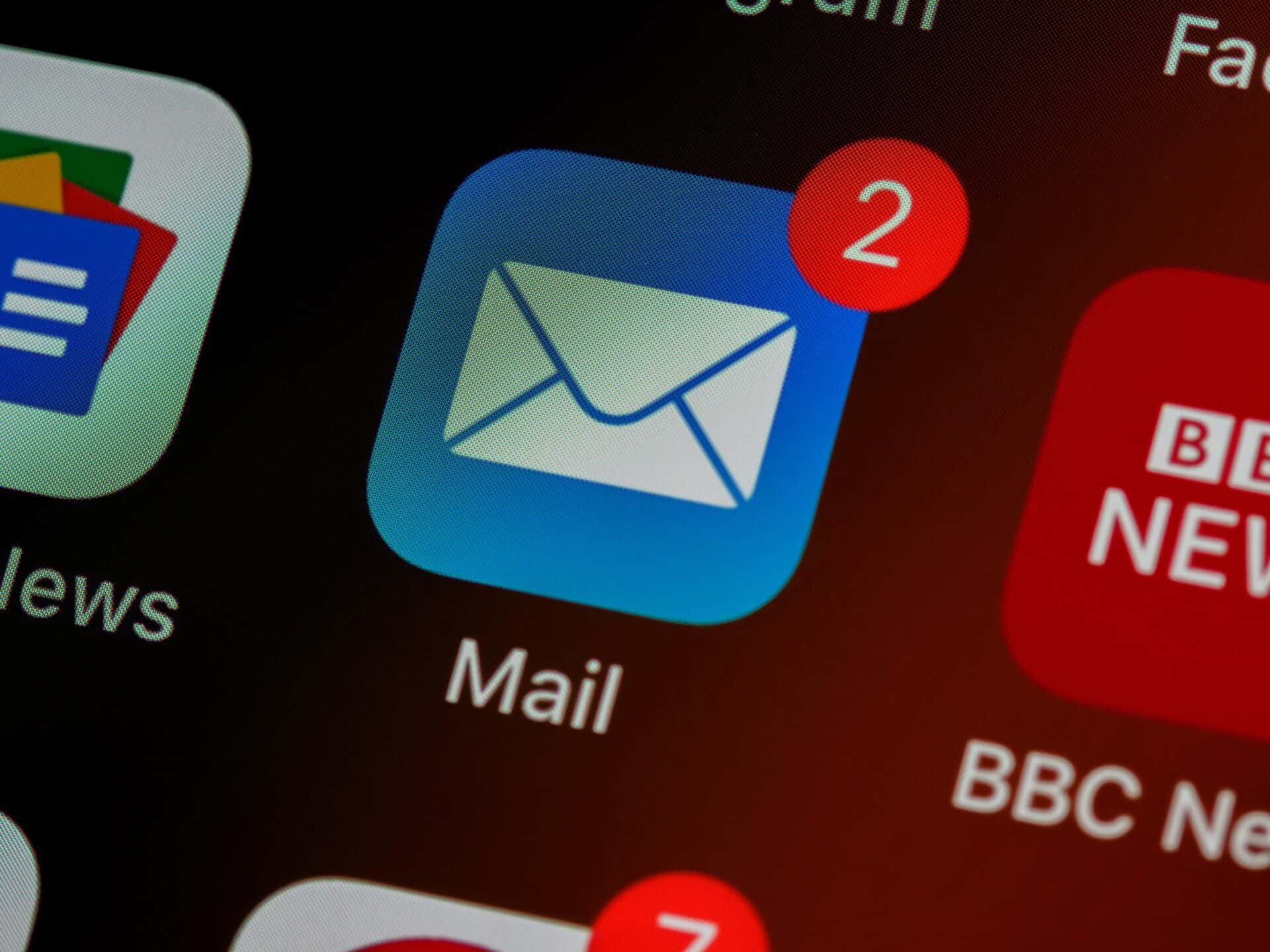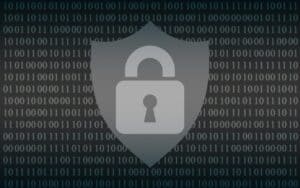Phishing attacks are deceptive attempts by cybercriminals to trick individuals into revealing sensitive information such as passwords, credit card details, or personal identification. In this modern age, chances are you’ve already dealt with a phishing attack in your personal life; phishing attacks when it comes to business information, though, can be even more damaging.
Keep reading as we explore how to spot a phishing attack and, more importantly, how to stop yourself from becoming a victim of one.
Understanding Phishing Attacks
Before we delve into preventative and reactionary actions, let’s get into how a phishing attack works. These attacks often come in the form of emails, text messages, or even phone calls that appear to be from legitimate sources. The goal is to lure you into divulging confidential information or performing actions that benefit the attacker.
Here are some common tactics that phishers employ:
Email Spoofing
Phishers may forge the sender’s email address to make it look like the message is from a trusted source.
Urgency and Fear
Many phishing emails create a sense of urgency or fear to push you into taking immediate action, like clicking on a link or downloading an attachment.
Impersonation
Attackers often impersonate well-known companies, banks, or government organizations to gain your trust.
Suspicious Links
Phishing emails usually contain links that appear legitimate but actually lead to fake websites designed to steal your information.
Requests for Personal Information
Legitimate organizations rarely ask for sensitive information like passwords or credit card numbers via email.
How to Spot a Phishing Attack
When it comes to spotting a phishing attack, consider the following tips:
- Check the Sender’s Email Address: Examine the sender’s email address closely. Look for slight variations or misspellings of the official domain, which are common in phishing attempts.
- Don’t Trust Unsolicited Emails: Be wary of emails or messages from unknown sources. If you didn’t expect it, think twice before opening it.
- Analyze the Content: Read the email carefully. Be cautious if it’s filled with spelling errors, poor grammar, or unusual requests.
- Look for Urgency: Phishing emails often create a sense of urgency. If a message insists on immediate action or threatens consequences, be skeptical.
- Hover Over Links: Before clicking on any links, hover your mouse pointer over them to see where they lead. Check if the URL matches the official website’s domain.
- Beware of Pop-Ups: Be cautious of pop-up windows asking for personal information, especially if they appear while you’re visiting a website.
- Verify Requests for Information: Legitimate organizations don’t typically request sensitive information via email. If in doubt, contact the organization directly using official contact details.
- Check for Secure Connections: Ensure that websites where you enter sensitive information have a secure connection (look for “https://” and a padlock icon in the address bar).
Preventative Actions to Protect Yourself from Phishing Attacks
Preventing a phishing attack is far more effective than dealing with the aftermath. Here are some proactive steps you can take to protect yourself:
Install Antivirus Software
Keep your devices protected with reliable antivirus software that includes phishing detection capabilities. There are many software types available, so make certain you get one that has what you need.
Enable Two-Factor Authentication (2FA)
Whenever possible, enable 2FA for your online accounts. It adds an extra layer of security, making it harder for attackers to access your accounts. Even if they manage to figure out one password, having 2FA will make that useless to them.
Regularly Update Software
Ensure that your operating system, web browsers, and all applications are up-to-date with the latest security patches. Companies are constantly updating their security, so you should too!
Educate Yourself
Stay informed about the latest phishing tactics, and share this knowledge with your friends and family. Awareness is a powerful defense. Knowing what to look for might stop someone else from getting attacked.
Use a Spam Filter
Enable your email provider’s spam filter to detect and quarantine phishing emails automatically. That way, you don’t even have to worry about them, as the filter will take care of them before they even reach you.
Employ a Password Manager
Use a reputable password manager to generate and store complex, unique passwords for each of your accounts. That way, you will never forget a password, and you’ll be sufficiently protected.
Stay Cautious on Social Media
Be mindful of the information you share on social media. Attackers often gather personal details from your profiles to craft convincing phishing attempts. It might seem like nothing when you’re sharing it, but it is much better to be safe than sorry when it comes to information.
Think of it this way: Would you want a stranger to know the information you’re sharing? If the answer is yes, you’re safe to share the information.
Secure Wi-Fi Networks
Ensure your home Wi-Fi network is password-protected and uses strong encryption. Avoid using public Wi-Fi for sensitive transactions.
Reactionary Actions
Even with your best efforts, it is possible that you’ll fall victim to a phishing attack. If that happens, take the following steps:
- Change Passwords: Immediately change the passwords for the affected accounts. Ensure that the new passwords are strong and unique.
- Scan for Malware: Run a full system scan with your antivirus software to check for malware or keyloggers that might have been installed.
- Contact the Affected Organization: If the phishing attempt impersonated a legitimate organization, notify them about the incident so they can take appropriate action. Don’t feel as though you are pestering them; they will want to know they were impersonated so as to get to the bottom of it.
- Monitor Your Accounts: Regularly monitor your bank and credit card statements for unauthorized transactions. Report any suspicious activity to your financial institution.
- Alert Your Contacts: If you receive a phishing email, inform your contacts not to open any suspicious messages from your account. This can help stop the cyberattacks from reaching a broader audience, making them far less effective.
- Report the Attack: Report the phishing attack to relevant authorities, such as the Anti-Phishing Working Group (APWG) or your local cybercrime unit. This can possibly stop the cybercriminals from continuing in such a manner.
At CMIT Solutions Houston SW, we offer anti-phishing and email security as part of our cybersecurity services. Contact us today to get your business the protection it deserves!





